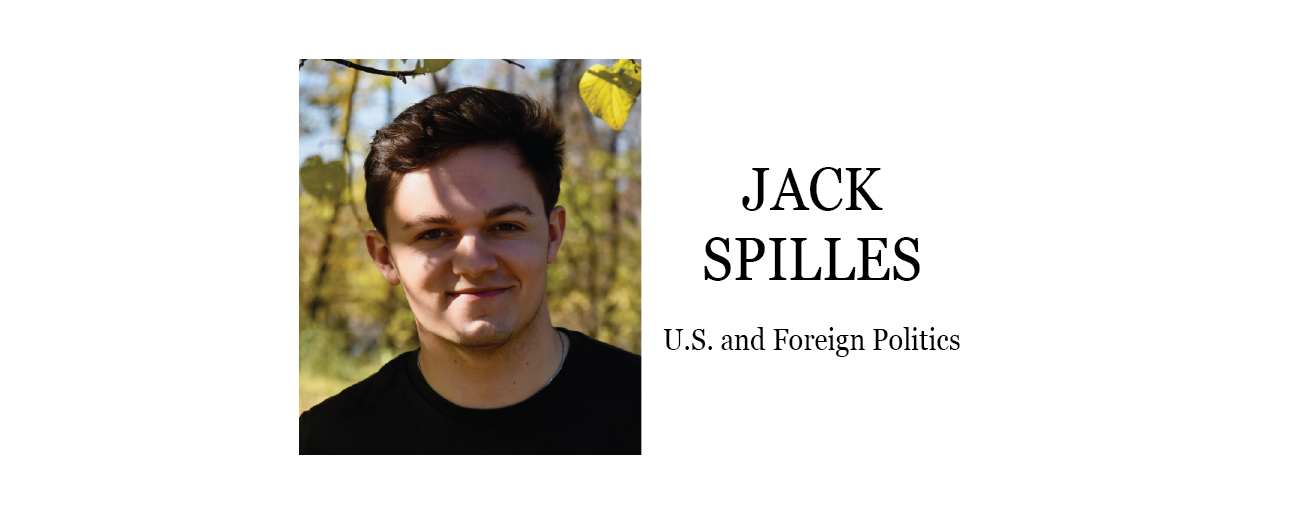Even before he was elected to the Oval Office, we knew what the image of President Trump’s character looked like. During his 2016 campaign, a video surfaced in which he admitted to sexually assaulting women; in an interview as a candidate, he called immigrants from Mexico drug dealers, criminals and rapists; and on national television as a presidential candidate, he asked a foreign power, Russia, to dig up dirt on his opponent. A couple of months later, he was elected. Sure, those moments are reflections of his internal character, but maybe, some hoped, he could be a competent leader despite his moral failings. Now, almost exactly four years later, the country finds itself facing a three-headed beast: the worst public health crisis in a century; an economic downturn unlike any since the Great Depression; and social upheaval over one of this country’s most deeply rooted issues, racial inequality. The debate can certainly be had as to what actions (or lack of actions) brought about each of these, but one thing is certain: the Trump administration has failed every step of the way in addressing them.
The lies started at the very beginning, on January 21, 2016. Despite obvious photographic evidence to the contrary, the president himself declared that he saw a crowd of a million-and-a-half people. Later, White House Counselor Kellyanne Conway coined the term “alternative facts” to describe the message that the White House was pushing (a little secret: “alternative facts” means “lies”). What a non-issue to argue and make so contentious; what does it matter, in the grand scheme of things, whether the crowd went all the way to the Washington Monument or just filled two-thirds of the space? It’s certainly a harmless subject to either side of the argument to admit that they were wrong. But this truly minor, insignificant spat was merely a sign of the things to come.
In the time since his inauguration, Donald Trump has made over 20,000 false claims, misleading statements or flat-out lies. Many of these, at least early on, were inconsequential. But as time passed, they became more prolific, more outlandish and more dangerous. One of the most basic tenets of a functioning democracy is transparency. By practicing transparency, a government engages the citizenry in its affairs, making them more educated and trusting of the administration. Under Donald Trump, the U.S. government has been used as a propaganda tool to lie to and deceive the American public, even more than it usually is. Then COVID-19 hit, and those inconsequential mistruths turned into outright misinformation about masks, social distancing and the virus itself. Coupled with the lack of a competent federal response, they have led to over 7,600,000 cases and more than 210,000 deaths in the United States. Both numbers are the highest in the world.
One of the fundamental purposes of government is to protect its citizens. Indeed, that is something that all elected officials in the U.S. swear to do, including the president, when they take their oath of office. By continuing to lie to and mislead the American people in a time when honesty and transparency are necessary for dealing with a public health crisis, Donald Trump ensured the failure of an appropriate governmental response. He knew as early as March that the coronavirus was deadly, and yet, he admitted at the time, “I wanted to always play it down.” His failures in his private life, the (six!) bankruptcies, debts and failed business ventures affected only him and maybe a small number of associates. Now, as President of the United States, his failures affect all of us, and the responsibility for the hundreds of thousands of sick and dead Americans rests squarely on his shoulders.

